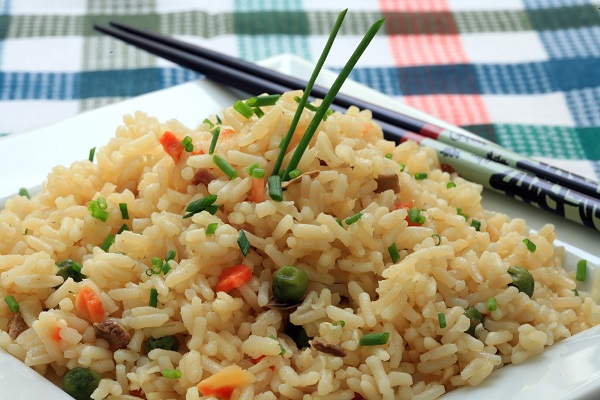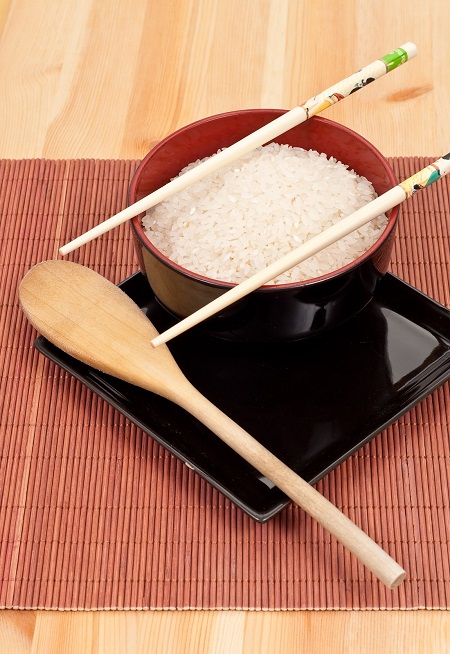
**This is a collaborative post**
What’s one of the most popular items at a Chinese restaurant? – that’s simple, fried rice. Fried rice is perhaps one of the easiest Chinese dishes to make at home as well, yet it is common to hear home cooks state that they can “never get it right.”
There are a few tricks that will ensure your fried rice will measure up to any you will find at your favourite Chinese restaurant. By using them and with just a bit of practice, your home cooked fried rice is likely to become one of your go-to dishes when you are rushed for time or have a fridge full of leftovers.
Figure Out The Options
Before you think there is only one type of fried rice out there, it would be worth taking a look at your local Chinese restaurant (try here http://www.hungryhouse.co.uk/chinese-takeaway), you might be surprised to find there are lots of variations of fried rice out there.
But regardless of the number of variations you see, if you take a bit closer look at the descriptions, most of the variations are simple and are basically minor variations on the add-ins, the type of sauce, or maybe the type of rice.
All of them use the basics, which you will find below.
Here are the typical types of rice used in fried rice:
- Medium Grain White Rice – This is the most common type used at Chinese restaurants.
- Jasmine – Jasmine is a medium grain rice and is more aromatic and lends a distinctive taste to fried rice. Jasmine works best when combined with very light ingredients, which allow the taste and aroma of the rice to come through.

- Sushi Rice – Sushi rice is less common in fried rice recipes, but it can be used. Sushi rice is short grained and starchier than the other types. Sushi rice results in a chewy texture, which some people find appealing.
Now here are the basic tips for perfect fried rice.
Tip 1
Use one day old, leftover rice
You want your rice to be dry. Leftover rice separates better and comes out less mushy. If you have your heart set on a fried rice dinner that night, make the rice early in the morning and store in the freezer or refrigerator for a few hours.
Tip 2
Use a really, really hot wok. (You can use a skillet but a wok works best.) Preheat the wok and then the oil well before adding any ingredients. If your oil is smoky and it seems likely your smoke detector is about to go off, it is probably about right.
Tip 3
Keep the number of ingredients low. If you add too many ingredients they will simply not cook well. Think of fried rice like a pasta dish. The ingredients are like the sauce; they add to the taste of the dish but don’t dominate.
Tip 4
Don’t add too much sauce. Too many people add too much soy or oyster sauce. You only need a couple of tablespoons for a dish that will serve 3-4 people. Many home chefs use the sauce to make the fried rice salty enough. Just add some salt. The taste will be better and your rice won’t be mushy.
Tip 5
Have your ingredients sorted and ready to add before you start. All of your veggies, and flavourings such as ginger, spring onions, and garlic should be cut or smashed and ready to go. This will help you cook at a steady pace and not overcook the rice.
Tip 6
That said, be patient. Spanish cooks use the term “socarrat” for the crispy layer of rice at the bottom of paella. You want a bit of this with your fried rice. Once you have everything cooked, price it down with your spatula and let it sit for about 2 minutes, flip, and repeat. Don’t worry, it really won’t burn.
Tip 7
Add the egg near the end. Eggs cook quickly. Move the rice mixture to the side and cook the egg near the end of your cooking, then mix it in.
Tip 8
Add the green vegetables at the end. Spring onions, chives, and even basil work well with fried rice, as well as the Chinese restaurant fried rice staple, green peas. Frozen green peas work best. Just take them straight from freezer to wok.
